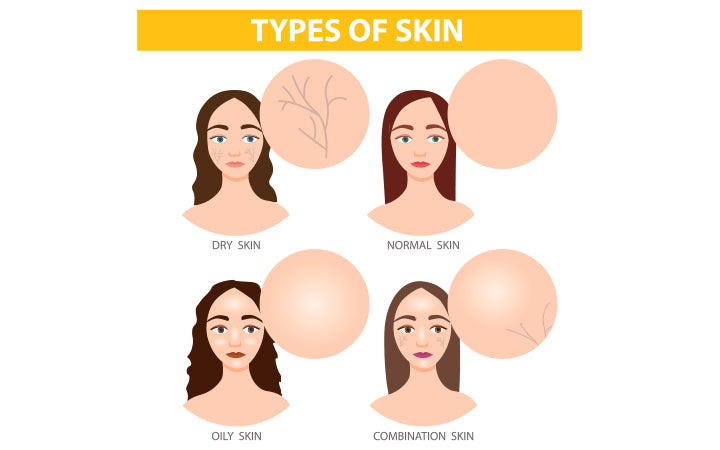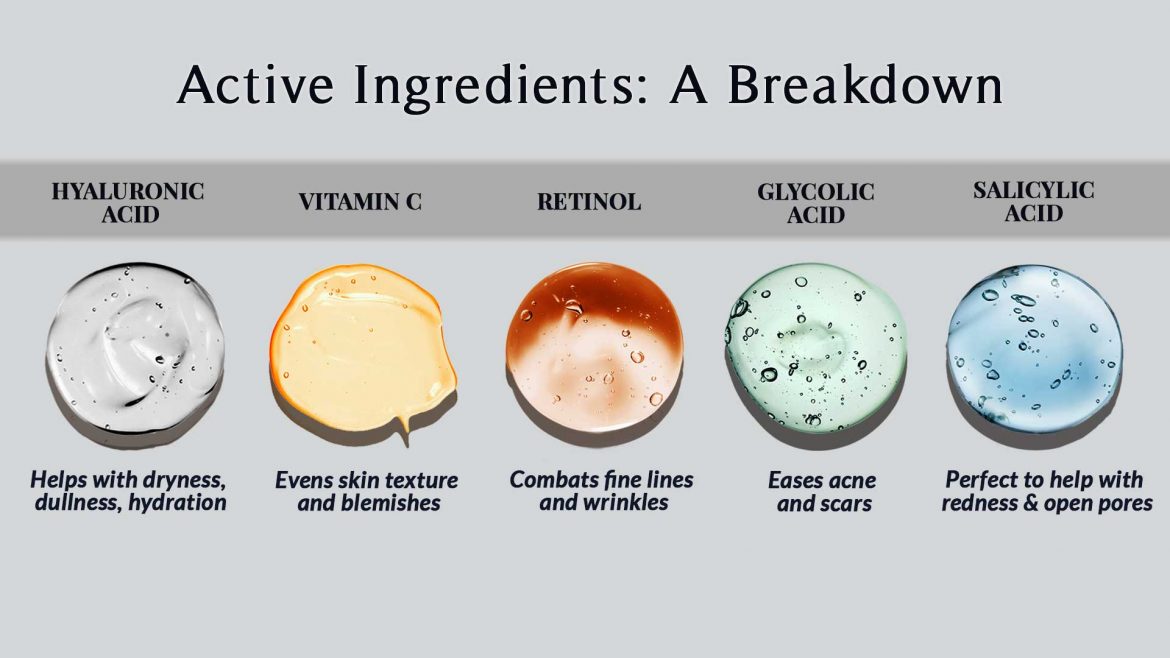Introduction to Skincare Science
As a skincare professional, I often find that many people are unaware of the fundamental principles that govern their skin’s health. Understanding your skin type is the first step toward achieving a healthy, radiant complexion. In this article, I will guide you through the science behind skincare, helping you to identify your skin type and tailor your skincare routine accordingly.
“Understanding your skin type is the foundation of any effective skincare regimen,” says Dr. Emily Thompson, a renowned dermatologist. This statement underscores the importance of knowing your skin type before diving into the world of skincare products and routines.
The Four Basic Skin Types

There are four basic skin types: normal, oily, dry, and combination. Each type has its unique characteristics and requires different care. Let’s delve into each type to understand their specific needs.
Normal Skin
Normal skin is often described as the “ideal” skin type. It is well-balanced, with a smooth texture and a healthy glow. Normal skin is neither too oily nor too dry, and it rarely experiences breakouts or irritation.
Oily Skin
Oily skin is characterized by an excess of sebum production, leading to a shiny appearance and larger pores. People with oily skin are more prone to acne and blackheads. However, oily skin also has the advantage of aging more slowly due to the natural moisture provided by sebum.
Dry Skin
Dry skin lacks moisture and often feels tight, especially after cleansing. It can appear flaky, rough, and dull. Dry skin is more susceptible to fine lines and wrinkles, as well as irritation and sensitivity.
Combination Skin
Combination skin is a mix of oily and dry areas. Typically, the T-zone (forehead, nose, and chin) is oily, while the cheeks and other areas are dry or normal. This type of skin requires a balanced approach to care, addressing both the oily and dry areas separately.
Identifying Your Skin Type

To identify your skin type, follow these simple steps:
- Cleanse Your Face: Wash your face with a gentle cleanser and pat it dry.
- Wait for an Hour: Do not apply any products and wait for an hour.
- Observe Your Skin: Check for oiliness, dryness, or a combination of both.
Here’s a table to help clarify the characteristics of each skin type:
| Skin Type | Characteristics |
|---|---|
| Normal | Balanced, smooth texture, healthy glow |
| Oily | Shiny appearance, larger pores, prone to acne and blackheads |
| Dry | Lacks moisture, feels tight, flaky, rough, dull |
| Combination | Oily T-zone, dry or normal cheeks, requires balanced care |
Tailoring Your Skincare Routine
Once you’ve identified your skin type, you can tailor your skincare routine to meet its specific needs. Here are some general guidelines for each skin type:
Normal Skin
For normal skin, a simple routine is often sufficient. Focus on maintaining the skin’s natural balance with gentle cleansers, moisturizers, and occasional exfoliation.
Oily Skin
Oily skin benefits from products that control sebum production. Look for oil-free, non-comedogenic cleansers, toners, and moisturizers. Regular exfoliation can help prevent clogged pores.
Dry Skin
Dry skin requires products that provide deep hydration. Use gentle, hydrating cleansers, rich moisturizers, and occlusive products like oils or creams to lock in moisture.
Combination Skin
Combination skin needs a balanced approach. Use oil-controlling products on the T-zone and hydrating products on the dry areas. A lightweight, oil-free moisturizer can help maintain balance.
The Role of Skincare Ingredients

Understanding the role of key skincare ingredients can further enhance your routine. Here are some essential ingredients for each skin type:
Normal Skin
- Hyaluronic Acid: Retains moisture without adding oil.
- Vitamin C: Brightens the skin and provides antioxidant protection.
Oily Skin
- Salicylic Acid: Helps exfoliate and unclog pores.
- Niacinamide: Reduces oil production and improves skin texture.
Dry Skin
- Ceramides: Help restore the skin’s natural barrier.
- Shea Butter: Provides deep hydration and nourishment.
Combination Skin
- Glycolic Acid: Exfoliates and brightens the skin.
- Jojoba Oil: Balances oil production without clogging pores.
Understanding your skin type is the cornerstone of effective skincare. By identifying your skin type and tailoring your routine to its specific needs, you can achieve and maintain healthy, radiant skin. Remember, skincare is a journey, and patience is key. With the right knowledge and products, you can unlock the full potential of your skin.








